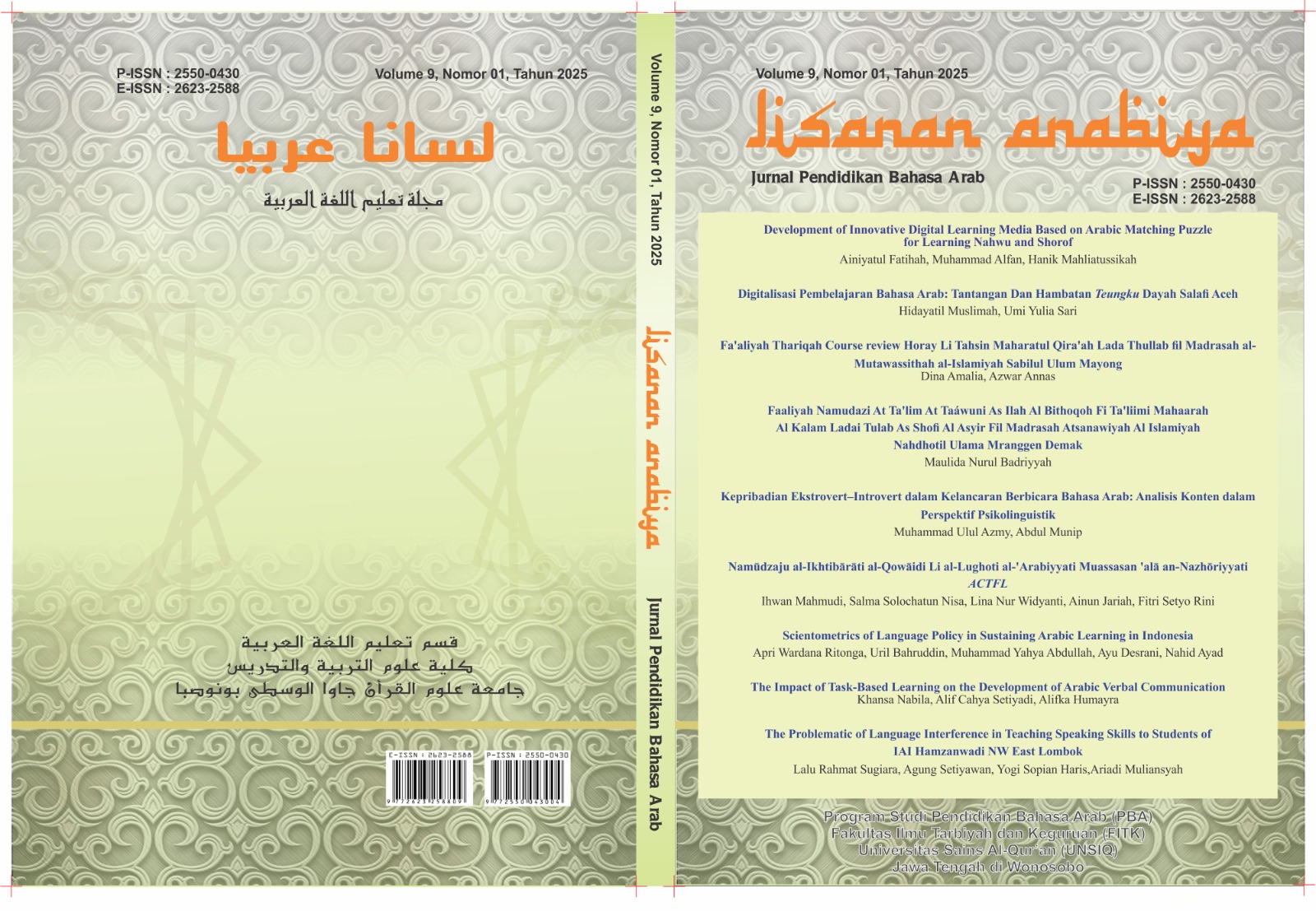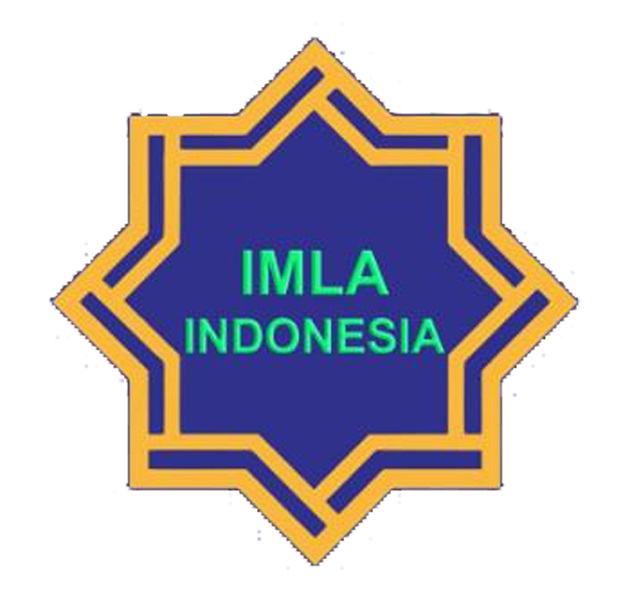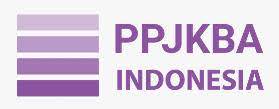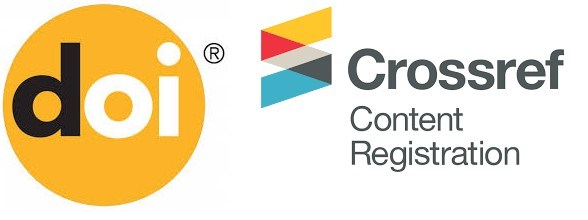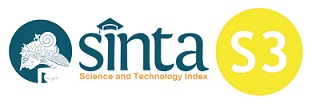Digitalisasi Pembelajaran Bahasa Arab: Tantangan dan Hambatan Teungku Dayah Salafi Aceh
Abstract
This research aims to explore and analyze the teaching of the Arabic language at Dayah Salafiyah in Aceh, examining the use of digital media in the teaching of Nahw and Sarf, as well as understanding the challenges and obstacles faced by the Teungku of Dayah in the era of digital advancement. Dayah Salafiyah is the oldest informal educational institution in Indonesia, characterized by its classical and traditional teaching methods. The development of digital electronic media has introduced a new dynamic, gradually adopted by the Teungku of Dayah to assist in teaching. This research employs a qualitative method, with data collection conducted through interviews and observations. The results show that the digitalization of Arabic language learning in Dayah Salafiyah in Aceh has not been fully optimized, facing challenges such as the lack of infrastructure/facilities, limited human resources proficient in digital media, and concerns that the use of digital media might have negative impacts on students, potentially decreasing their motivation to learn and leading to distractions
Downloads
References
Ahmad Fattah, (2016). Inovasi Pembelajaran Bahasa Arab, Jurnal Arabiya, 08(01), 1-28
Akmal, haris Muhammad, (2023). Urgensi Digitalisasi Pendidikan Pesantren di Era Society 5.0, Jurnal Manajemen Pendiddikan Islam, 06(1), 49-64
Adrianda, Irsan and Mutia Tisa. (2022). Dilema Kultur Dayah Tradisional di Aceh Menghadapi Transformasi Era Media Digital, Bayan Lin Nas Jurnal Dakwah Islam, 06(02), 89-109
Arifin, Zainal, and Sri Rahmi. (2020). Charismatic-visionary Leadership Of Teungku in Developing The Role of Dayah Mudi Mesra Samalanga, Biruen. Cendikia : Jurnal kependidikan dan Kemasyarakatan. 18(01), 139-154
Astina, dkk (2024), Internalisasi Budaya Arab Melalui Pengenalan Ta’bir Arab Dalam Pembelajaran Maharah Al Kalam, 08(02), 188-203
Chaldun, windi, (2022) Literasi Digital : Plus Minus dalam Pembelajaran Bahasa Arab di Era Milenial, LWSA Conference Series, h. 204-208
Creswell, J. W. Qualitative Inquiry & Research Design: Choosing Among Five Approaches. Sage
Eka Setiyawan Andri dkk, (2021). Pembelajaran Bahasa Arab Di Madrasah Aliyah, (El-Jaudah: Jurnal Pendidikan Bahasa dan Sastra Arab, Vol. 2 No.1
Faiz in’ammurrohmah, (2019) “Kesyubhatan TIK: Sisi Gelap dan Terang Penggunaan TIK pada Literasi Pondok Pesantren Medika Teknika: Jurnal Teknik Elektromedik Indonesia. 01(01), 25-29
Faizin, dkk (2018), Peranan Teungku Dalam Tradisi Kependidikan Islam di Aceh, Jurnal At, Tarbiyah, 04(04), 58-73
Faliqul Isbah, (2023) Memahami Karakteristik Bahasa Arab Untuk Pembelajaran, Jurnal Bashrah, 03(01), 1-10
Hamdan, (2017) Dayah dalam persepektif perubahan social, jurnal Al- Hikmah, vol. 09(14), 108-121
Haq, Samsul, (2023). Pembelajaran bahasa Arab di Era Digital: Problematika dan Solusi, Muqaddimah Jurnal Pendidikan Sejarah dan ilmu-ilmu social, 07(01), 211-222.
Hasan, (2017), Keterampilan Mengajar Bahasa Arab Materi Istima’ Menggunakan Media Lagu, Ittihad Jurnal Kopertais Wilayah XI KalimantaN, 15(28), 127-145
Hayati, N. R. (2019). Peran Pesantren menghadapi Konstelasi Era 4.0. Islamic Review: Jurnal Riset dan Kajian Keislaman, 8(2), 161-174
Irham Absul Haris, (2023) Pesantren: Karakteristik dan Unsur-Unsur Kelembagaan, An Najah, Jurnal Pendidikan dan Sosial Keagamaan, 02(04), 1-9
Meriza, Iin, Asra Febriani, Mutia Tisa, and Muhammad Riza Nurdin. (2022). The Existence of the Yellow Book in the Digital Era: Study in Dayah Aceh., FITRAH: Jurnal Kajian Ilmu-Ilmu Keislaman 8 (1): 21–36.
Muid, A. (2019). Peranan Pondok Pesantren Di Era Digital. At-Tahdzib: Jurnal Studi Islam dan Muamalah, 7(2), 62-79
Nasir, Mohd. (2023). Teungku Dayah: Era Society dan Ruang Seumebeut” Edukasi Islam, Jurnal Pendidikan Islam,08(02), 911-923
Nurainiah. (2021).Sistem Pendidikan Dayah Tradisional Aceh, Serambi Tarbawi 9(1):75-91
Pera Aprizal Ambo, (2021) Urgensi Pembelajaran Bahasa Arab dalam Pendidikan Islam, Jurnal Pendidikan Guru, 02(02), 87-93
Ritonga, Ade Muhammad,Muhammad Suaib, dan Ahmad Zaki, (2023). Tantangan dan Hambatan: Analisi Problematika pembelajaran bahasa Arab Era Society 5.0 di Perguruan Tinggi Agama Islam di Indonesia.Syntax Literate: Jurnal Ilmiah Indonesia. 08(05), 3272-3280
Ritonga, M., Nazir, A., & Wahyuni, S. (2020). Pengembangan Model Pembelajaran Bahasa Arab Berbasis Teknologi Informasi dan Komunikasi Dalam Dialektika Revolusi Industri 4.0. Deepublish.
Saiful, (2021) “Eksistensi Dayah di Aceh: Peran dan kiprahnya dalam memajukan masyarakat” Al Fathanah: Jurnal Studi Islam dan Pendidikan Agama Islam, 1(2), 160–170.
Tamrin Hidayat, (2019) Rembesan Teknologi Digital Dalam Pondok Pesantren Salafiyah”, Skripsi UIN Semarang, 1–76.

This work is licensed under a Creative Commons Attribution-ShareAlike 4.0 International License.
Authors who publish with this journal agree to the following terms:
a. Authors retain copyright and grant the journal right of first publication with the work simultaneously licensed under a Creative Commons Attribution-ShareAlike 4.0 International License. that allows others to share the work with an acknowledgement of the work's authorship and initial publication in this journal.
b. Authors are able to enter into separate, additional contractual arrangements for the non-exclusive distribution of the journal's published version of the work (e.g., post it to an institutional repository or publish it in a book), with an acknowledgement of its initial publication in this journal.
c. Authors are permitted and encouraged to post their work online (e.g., in institutional repositories or on their website) prior to and during the submission process, as it can lead to productive exchanges, as well as earlier and greater citation of published work (See The Effect of Open Access).

